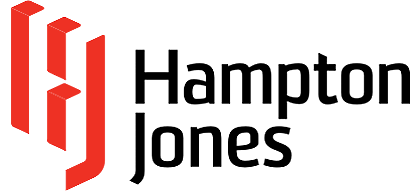Affording Auckland – Addressing the city’s housing crisis by 2030
Last week (1 October 2015) saw the release of Auckland Council’s report ‘Housing Supply, Choice, and Affordability’. It’s no surprise to see report author, Chief Economist Chris Parker, state that demand for housing is far outstripping supply in New Zealand’s largest city; this scenario has been unfolding for years before reaching crisis point.
Perhaps a more sobering piece of information is the reported 9.6 ratio of median house price to annual household income.
Assuming the average Auckland house price is close to $900,000, this means that prospective homeowners need to be earning a household income of $93,750 – before saving for a deposit and covering interest rates – putting the dream of homeownership way out of reach for many. The outlook for this and subsequent generations doesn’t look too rosy…
Nevertheless, the report sets an ambitious target ratio of 5.0 by 2030, to be achieved by adopting any of a number of proposed initiatives and interventions (the ‘long list of tools’). Of course, these will require huge collaboration and buy-in from a wide and diverse range of stakeholders to have any chance of putting real substance behind the ideas. A robust planning and communications strategy will need to be adopted to ensure that initiatives gain traction and have the intended outcome.
For example, Parker draws attention to the need to increase the supply of infrastructure-ready land and intensify the new build options closer to the city centre. While both these initiatives could go some way to helping to bring down the housing affordability ratio, they’ll also require extensive planning as well as community engagement before they reach the design phases. Projects of this scale are regularly hindered by conflicting interests, so Parker’s vision will be dependent on convincing Auckland and wider New Zealand to buy in to it too.
Interestingly, although the report touches upon residential construction sector issues (3.2.6), little is mentioned in way of a resolution to the concerns listed in the report. Being able to deliver the required number of new homes in an efficient, productive and cost effective way should surely be central to any future plans for development. The industry needs to be encouraged to have vision and to be given the freedom to innovate. Mass producing identikit homes may, in fact, not be the answer to providing Auckland with vibrant and successful communities as Daiman Otto points out here.
The problem is not a new one, and nor are many of the proposed interventions. You only have to look at other Western economies with large city hubs to see the issues mirrored.
In August, the Royal Institution of Chartered Surveyors released a report highlighting the issues in London and the UK, while a 2012 EU survey of 79 European cities including Paris, Munich and Geneva, revealed that more than half of those surveyed felt it was difficult to find affordable housing, especially in capital cities.
All credit to Parker and his colleagues for starting to tackle and make sense of a hugely complex set of issues. There is a mountain to climb to get to where Auckland needs to be by 2030 and what’s needed now is support from the government, businesses and the community to start getting things moving. Is the 5.0 target too ambitious? Maybe… but the stakes are high and the outcome well worth investing in. We’ll certainly be watching this space to see if Auckland Council can generate success where others before them have failed.
Housing supply, choice and affordability
